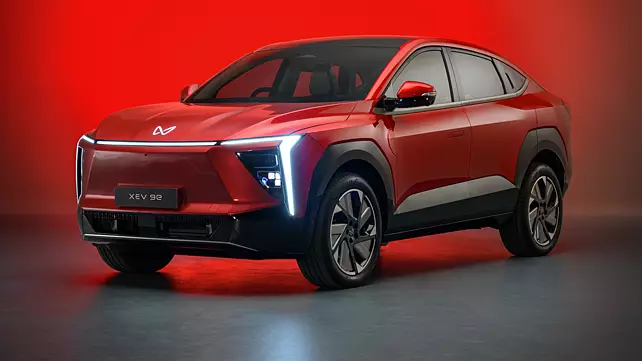Introduction
The rapid growth of the electric vehicles (EV) market is transforming the automotive industry, with electric cars gaining popularity worldwide. However, this surge in EV production and transportation has brought about a new challenge for ocean shippers. The lithium-ion batteries that power these vehicles pose a significant fire risk, creating a pressing need for comprehensive safety measures. In this article, we delve into the evolving landscape of EV fire risks for ocean shippers and the steps they are taking to mitigate potential hazards.
Rising EV Demand and Fire Risks
The increasing global demand for electric vehicles has led to a surge in their transportation via ocean carriers. While EVs are a sustainable transportation solution, the lithium-ion batteries within them can be hazardous in case of a fire. Recent high-profile incidents, such as a car carrier fire off the coast of the Netherlands in 2023, have underscored the urgent need for safety precautions specific to EVs.
Maritime Industry Challenges
Ocean shippers are grappling with challenges stemming from the maritime industry’s slower adoption of EV technology. This lag has created a lack of awareness about EV fire risks and a dearth of standardized safety protocols for shipping these vehicles. Unlike the fast-paced developments within the automotive sector, the maritime industry’s response to EVs’ unique safety concerns has been comparatively slow.

Intensified Fire Risks
Lithium-ion batteries, frequently employed in electric vehicles (EVs), are renowned for their exceptional energy density. This attribute results in the potential release of significant heat and energy during a fire event, escalating the complexity of fire management. The heightened temperatures generated exacerbate the difficulty of extinguishing fires, rendering them stubbornly persistent and predisposed to rapid propagation. These formidable challenges underscore the critical necessity of devising comprehensive safety strategies when handling EVs in various scenarios.
Mitigating EV Fire Risks: Steps for Ocean Shippers
Addressing the fire risks posed by EVs requires ocean shippers to adopt a comprehensive approach to safety. Key steps include:
Staff Training: Providing comprehensive training to personnel about the unique fire risks associated with EVs is crucial. Increased awareness and understanding can enable quicker responses to potential incidents.
Standardized Safety Procedures: Developing standardized fire safety protocols specific to shipping EVs is vital. These guidelines should encompass preventive measures, response plans, and protocols for tackling EV fires effectively.
Fire-Resistant Packaging: Using specialized fire-resistant packaging for EVs can minimize the risk of fires spreading or intensifying. This added layer of protection can be instrumental in containing potential incidents.
Fire Suppression Systems: Installing advanced fire suppression systems on ships that carry EVs is a proactive step. These systems can help control and contain fires before they escalate.
Progress and Future Preparedness
While the maritime industry is beginning to address EV-related fire risks, more needs to be done to ensure comprehensive safety measures. As EV transportation continues to gain momentum, ocean shippers must keep pace with evolving technologies and challenges. Collaborative efforts between the automotive and maritime sectors are essential to establish global safety standards and ensure that the shipping industry is adequately prepared to handle the unique fire risks associated with electric vehicles.
Conclusion
The intersection of the electric vehicles revolution and maritime transportation presents a new frontier of challenges for ocean shippers. The fire risks associated with EVs demand swift action and a proactive approach. As the industry strives to catch up with this evolving landscape, embracing specialized training, standardized procedures, advanced technologies, and collaboration between sectors will be instrumental in creating a safer and more secure future for the transportation of electric vehicles across the seas.
For Digital Marketing Service check out Best Digital Marketing Agency






